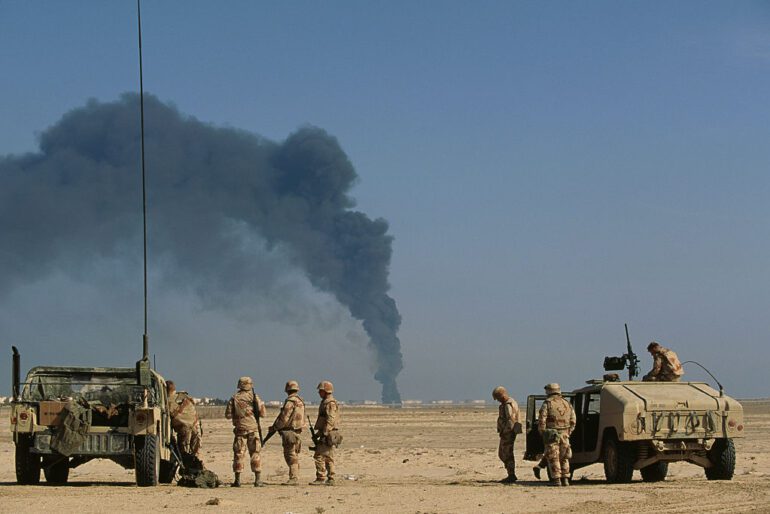- Increased utilization of AI technology in US strikes against hostile targets in the Middle East.
- Recent airstrikes by the US-led coalition targeted eight locations, disrupting the capabilities of the Iranian-backed Houthi militia.
- AI systems enhance efficiency in identifying enemy targets using complex algorithms.
- Houthi militants pose a threat with over 45 attacks on commercial and naval vessels in the Red Sea.
- Islamic Resistance of Iraq targets US forces, resulting in casualties.
- AI integration into targeting processes is seen as a natural evolution, enhancing precision and execution.
- Concerns were raised regarding the transparency and accountability of AI systems in avoiding civilian casualties.
Main AI News:
The utilization of artificial intelligence (AI) in the Middle East has witnessed a significant surge, particularly in the recent US-led coalition strikes against hostile entities. In the most recent aerial campaign, eight specific locations, housing underground weapons storage, missile facilities, unmanned aerial systems for one-way attacks, air defense systems, radars, and a helicopter, were targeted to disrupt the capabilities of the Iranian-backed Houthi militia, as per information from the Pentagon.
As the United States escalates retaliatory measures against regional terrorist groups, there’s a notable reliance on sophisticated AI and machine learning technologies to precisely pinpoint targets within enemy factions. The military’s adoption of computer vision algorithms stands out as a critical component in identifying adversaries in the Middle East, as highlighted in a report by Bloomberg. Schuyler Moore, Chief Technology Officer for US CENTCOM, elaborated on the role of AI during these strategic strikes.
“AI systems excel at aggregating voluminous data, enabling the identification of targets and locations more efficiently than conventional methods,” noted Steven Feldstein, a Senior Fellow at the Carnegie Endowment for International Peace, in discussions with Fox News Digital. “Given the pervasive nature of digital communication in our ecosystem, AI’s ability to sift through the digital noise and discern patterns linked to specific targets proves immensely valuable for these operations.”
The primary function of this cutting-edge technology lies in enhancing efficiency in locating specific individuals and determining their positions. “With access to pertinent data, these systems can analyze signals intelligence, social media posts, and other factors to estimate a target’s whereabouts, assess the likelihood of their current residence, and provide insights into the potential success of a strike,” explained Feldstein.
In the Red Sea, Houthi militants from Yemen have been responsible for numerous attacks on commercial shipping since mid-November, posing a significant threat to global economic interests, freedom of navigation, and international commerce. A joint statement from the US and its coalition allies emphasizes the severity of these assaults, pointing to over 45 incidents involving commercial and naval vessels.
Simultaneously, the Islamic Resistance of Iraq, comprising various militia groups based in Iraq, has directed attacks against US forces in Iraq and Syria. A particularly lethal strike on January 25 resulted in the loss of three US soldiers at a military base in Jordan.
Retired Rear Adm. Mark Montgomery, Senior Director of the Center on Cyber and Technology Innovation at the Foundation for the Defense of Democracies, sees the integration of AI into the US targeting process as a natural evolution. He emphasizes the high-quality processes employed by US intelligence and targeting officials.
While AI and machine learning have played pivotal roles in refining targets and ensuring accurate execution, concerns persist. Feldstein argues that there’s a lack of transparency regarding AI targeting systems, especially in determining the risk of civilian casualties. The public remains largely uninformed about the operational parameters, accountability measures, and related factors, leaving crucial questions unanswered.
Conclusion:
The integration of advanced AI technology into US military operations in the Middle East marks a significant shift in precision targeting and execution. As AI systems become more integral, there is a need for increased transparency and accountability to address concerns regarding civilian casualties. This trend underscores the growing importance of AI in modern warfare and highlights opportunities for innovation and development in the defense technology market.

